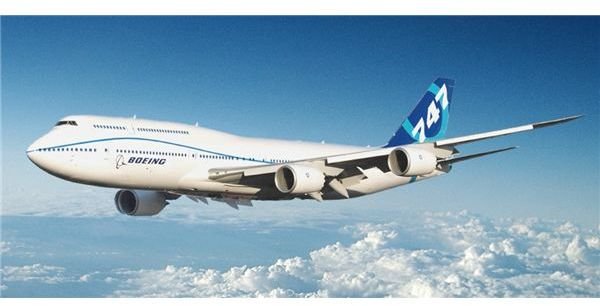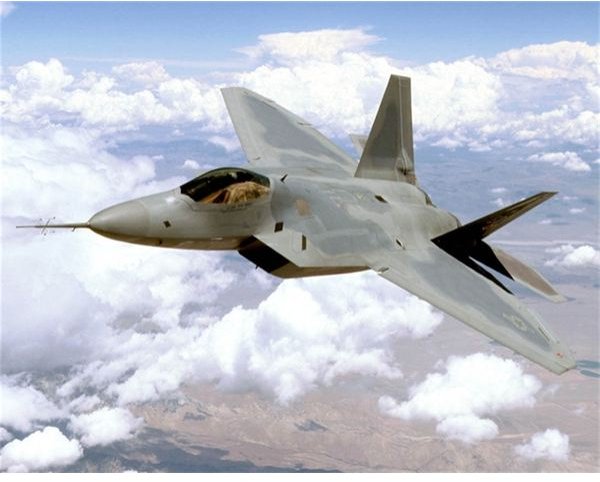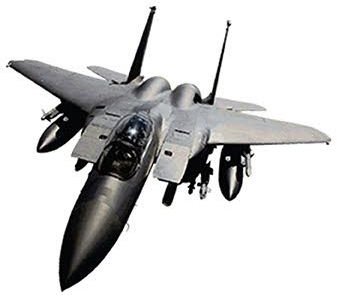Aerodynamics of Airplanes Design
Airplane Components
Without getting too technical on the details, the fundamentals of airplane aerodynamics are present on the main components of an airplane. These are:
- Wings - all airplanes have wings as these enable an aircraft to generate lift.
- Fuselage - the fuselage or the body of the aircraft is where the wings are attached and are designed according to the specifications of the airplane.
- Empennage - the empennage or tail assembly will most often consist of a fixed vertical stabilizer, movable rudder, horizontal stabilizer and a hinged movable elevator. All of these parts are designed to efficiently control the pitch and yaw movement of the airplane.
- Powerplant - the powerplant or the engine provides power and thrust.
- Landing gear - even though an airplane was designed to fly, provisions must be made for varios ground operations such as taxiing, take off and landing.
The aerodynamics of airplanes and design components are precision engineered to enable a safe and efficient flight. Notice that almost all of the parts of a normal airplane are similarly shaped like an airfoil. This will allow the airplane to slice the wind with the least amount of resistance.
Airplane Design

Like the latest top of the line performance supercar, an airplane is designed to be as efficient as possible in terms of aerodynamics. A flying aircraft is subjected to the same forces of gravity, wind direction, air and pressure.
The aerodynamics of airplanes design will focus on the kind and purpose of the aircraft. With that being said, all the airplane components stated above will be specifically designed according to the type of aircraft.
Commercial airplanes such as the Boeing 747 “jumbo jet” have large wingspans to generate modest amounts of lift. This is further complemented by the large engines to produce adequate amounts of power to produce lift. Since the Boeing 747 was designed to carry tons of passengers and cargo, the wings and the engine would have to be proportional to the amount of weight it was designed to carry. This will enable the aircraft to efficiently lift off the ground and cruise through the atmosphere.

Military jets such as the state-of-the-art F-22 Raptor have smaller wings (compared to a commercial aircraft) but are in proportion to the body or fuselage of the aircraft. You might notice that the Raptor has a different shape compared to conventional airplanes as this was primarily designed for stealth. The wings are a modified delta-wing design that were designed both to produce lift and enable the aircraft to travel at supersonic speeds (faster than the speed of sound.)
The engine or powerplant is also designed according to the capacity of the aircraft. An engine that is too large or powerful might affect the structural integrity of the aircraft. It may also affect fuel efficiency-thereby reducing the range of the aircraft.
Resources and Image Credits
Resources:
www.free-online-private-pilot-ground-school.com/
Image Credits:
